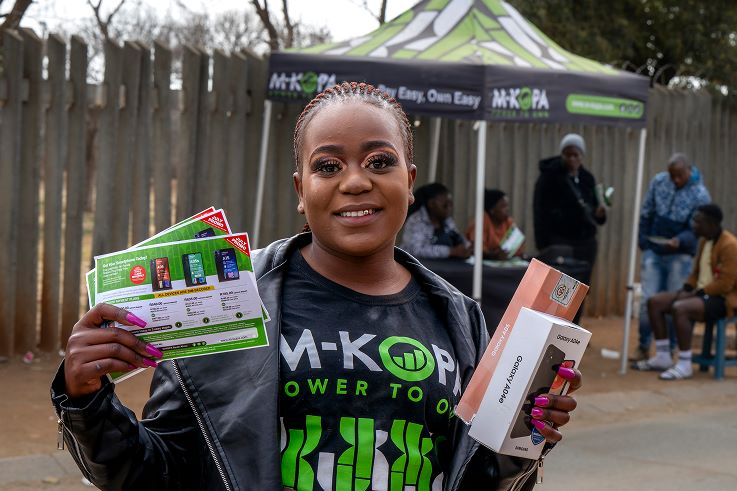A survey by GSMA, the international association for mobile network operators, shows that the number of women using internet in Kenya rose slightly to 39 percent from 36% in the last year.
The number of men who use internet in Kenya however stuck at 59%, same rate as in the previous year.
While GSMA notes the increase in adoption of internet use by women, the difference still shows a wide gender gap.
The report is a result of a sample survey of more than 13,800 face-to-face respondents drawn from 12 low and middle-income countries (LMICs). These included the likes of Mexico, India, Bangladesh and Pakistan.
One of the parameters used was that a user must have been on the internet on a mobile device at least once in the last three months (of study).
According to the GSMA says, the user does not necessarily have to own the mobile device.
Internet adoption across Africa
The Mobile Gender Gap Report 2023 shows that the difference of mobile phone ownership between men and women is 6%.
Comparatively, Nigeria has a gap of 5% while Mexico and Egypt each have a 2% gender gap.
However, mobile phone ownership among men in Kenya dropped by 1%, with 93% from 94% in the previous year.
Women who own mobile phones in Kenya stagnated at 88%.
“Between 2018 and 2020, the gender gap had been narrowing due to changing market dynamics, more affordable handsets and a notable increase in women’s adoption during the onset of Covid-19 restrictions and lockdowns,” GSMA Mobile Gender Gap Report 2023.
Ethiopia has the widest gender gap in ownership among the surveyed countries at 57 percent while Mexico had the slimmest at four percent.
Other countries that participated in the survey include Ghana, Senegal, Indonesia, and Guatemala.
More women adopting internet across developing nations
According to the Mobile Gender Gap Report 2023, 60 million more women adopted mobile internet in 2022 across all LMICs.
However, 310 million fewer women than men are making use of and benefiting from it.
It would require an average of 100 million women per year to adopt the internet in order to close the gap by 2030, according to the association.
Achieving this mobile internet use in LMICs has the capacity to add $700 billion in GDP growth over five years.
Enabling mobile phone ownership on the other hand would generate $230 billion in additional revenue for the mobile industry.
To achieve this, the GSMA recommends enabling more women to access and use mobile phones in order for them to cope better with economic and social disruptions such as the one brought about by the pandemic, climate change and other crises.




